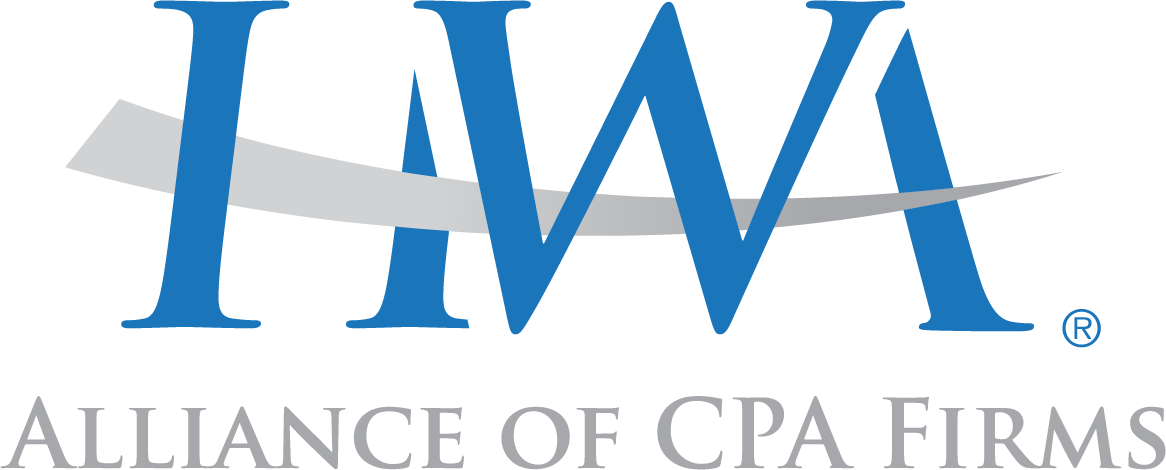Beyond the Books: Why Forecasting Is Essential for Modern CPA Firms

Strategic foresight is not just a competitive advantage but a necessity. For CPA firms serving clients across industries, financial forecasting stands at the center of proactive financial management. Our work is not only about making sure the books are accurate, and taxes are filed on time. As trusted advisors, we play a key role in helping clients understand where their business is headed. Financial forecasting allows us to paint a picture of what the future could look like based on current trends and data. This includes predicting cash flow, revenues, expenses, and other important financial details. Financial forecasting is the bridge that connects present-day operations to future success.
What Is Financial Forecasting?
Financial forecasting is the process of estimating or predicting a business’s future financial performance based on historical data, current market trends, and strategic initiatives. This can include revenue projections, expense estimates, cash flow analysis, and anticipated capital requirements. Forecasts can be short-term (monthly or quarterly) or long-term (annually or beyond), and are essential tools for budgeting, resource allocation, and investment planning.
Why Financial Forecasting Matters for Business Growth
1. Strategic Planning and Decision-Making
Forecasting gives business leaders a clearer view of what the future might look like. With this insight, they can make smarter choices about things like entering new markets, launching products or services, expanding the team, or investing in new equipment and technology. Instead of relying on guesswork, they use data to shape long-term strategies and set specific, achievable goals.
2. Cash Flow Management
Cash flow—how money moves in and out of a business—is one of the most critical aspects of financial health. Forecasting helps predict periods when cash might be tight or when there could be extra funds. This gives businesses time to prepare, whether that means securing a loan, cutting unnecessary expenses, or taking advantage of opportunities to reinvest in growth.
3. Investor and Stakeholder Confidence
Whether it’s a bank, investor, or board of directors, people who support a business financially want to see that it has a strong plan. A detailed financial forecast shows that the leadership is forward-thinking, understands their business, and is serious about financial responsibility. This can improve trust, attract new investors, and support loan approvals or funding requests.
4. Budgeting and Resource Allocation
Forecasting lays the foundation for a realistic and effective budget. It helps business owners decide where to allocate resources—like money, people, and time—to get the best results. When budgeting is guided by solid financial forecasts, businesses can avoid overspending, stay focused on their top priorities, and ensure that every dollar is working toward growth.
5. Performance Monitoring and Benchmarking
Once forecasts are in place, they become valuable tools for tracking how well the business is doing. Comparing real results to forecasted numbers helps identify what’s working and what needs improvement. If there’s a big difference between expected and actual outcomes, business leaders can quickly dig into the reasons and make adjustments before problems grow larger.
Best Practices for Effective Forecasting
- Use Reliable Data: Ensure historical data is accurate and up-to-date. Poor data leads to poor predictions.
- Involve Cross-Functional Teams: Sales, operations, marketing, and finance all offer critical insights into future trends.
- Leverage Technology: Utilize forecasting software and analytics platforms (e.g., QuickBooks, Adaptive Insights, Excel with Power BI) to model complex scenarios.
- Update Regularly: A forecast is not a one-time activity. Regular reviews ensure responsiveness to market or internal changes.
- Plan for Uncertainty: Incorporate contingency plans and identify key risk indicators.
Conclusion
Financial forecasting is far more than a routine accounting task—it is a vital strategic function that supports informed decision-making, enhances operational agility, and enables sustainable growth. By leveraging accurate data, cross-functional collaboration, and modern forecasting tools, businesses can navigate uncertainty with greater confidence and clarity.
For CPA firms and financial professionals, forecasting provides a unique opportunity to move beyond compliance and into a more consultative role—helping clients prepare for challenges, capitalize on opportunities, and measure progress with precision. Ultimately, effective financial forecasting strengthens the connection between present performance and future goals, making it an indispensable element of long-term business success.
Become the Strategic Partner Your Clients Need
Ready to drive sustainable growth and position your firm as a strategic advisor? Partner with HWA Alliance for comprehensive financial management solutions that empower your clients to thrive.
Our services are structured around four core components:
- Planning: We help develop clear, concise objectives and strategies aligned with your financial goals.
- Evaluation: We identify key issues, strengths, and weaknesses to support proactive decision-making.
- Reporting: We implement mechanisms to monitor and track your financial position with clarity and accuracy.
- Finance: We assist in developing cash flow management techniques, investment strategies, debt elimination plans, and identifying potential sources of funds and capital.
Let us guide your firm and clients toward a financially secure future. Contact us today!

